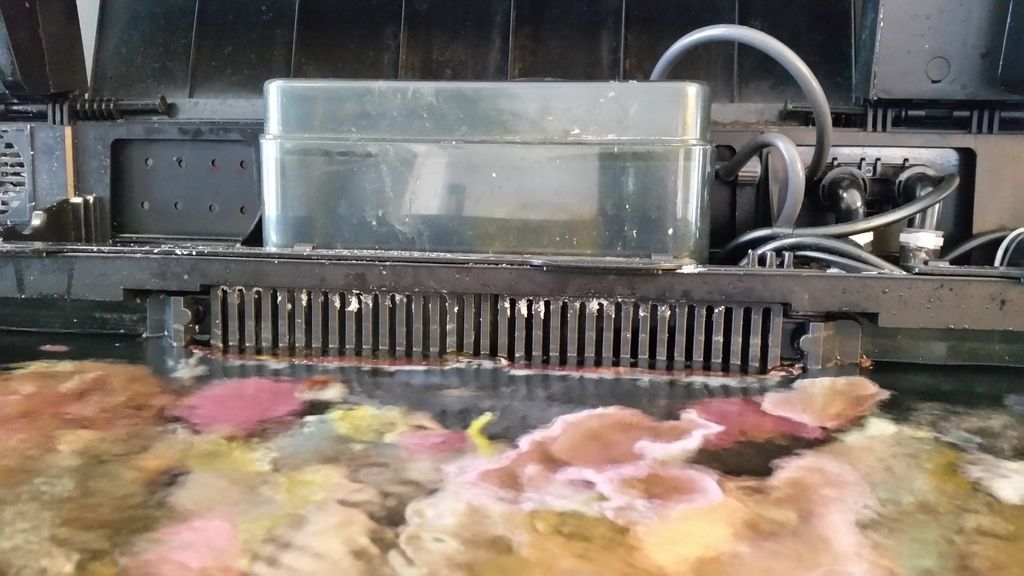From what I understand, most dosing pumps are peristaltic pumps. As such they are capable of rising great lengths. The biggest issue is waiting for the dosing hose to fill b4 it dumps the first time.
Here is the Wiki explanation of peristaltic pumps.
A
peristaltic pump is a type of positive displacement
pump used for pumping a variety of
fluids. The fluid is contained within a flexible tube fitted inside a circular pump casing (though linear peristaltic pumps have been made). A
rotor with a number of "rollers", "shoes", "wipers", or "lobes" attached to the external circumference of the rotor compresses the flexible tube. As the rotor turns, the part of the tube under compression is pinched closed (or "occludes") thus forcing the fluid to be pumped to move through the tube. Additionally, as the tube opens to its natural state after the passing of the cam ("restitution" or "resilience") fluid flow is induced to the pump. This process is called
peristalsis and is used in many biological systems such as the
gastrointestinal tract. Typically, there will be two or more rollers, or wipers, occluding the tube, trapping between them a body of fluid. The body of fluid is then transported, at ambient pressure, toward the pump outlet. Peristaltic pumps may run continuously, or they may be indexed through partial revolutions to deliver smaller amounts of fluid.
Hope this helps.


